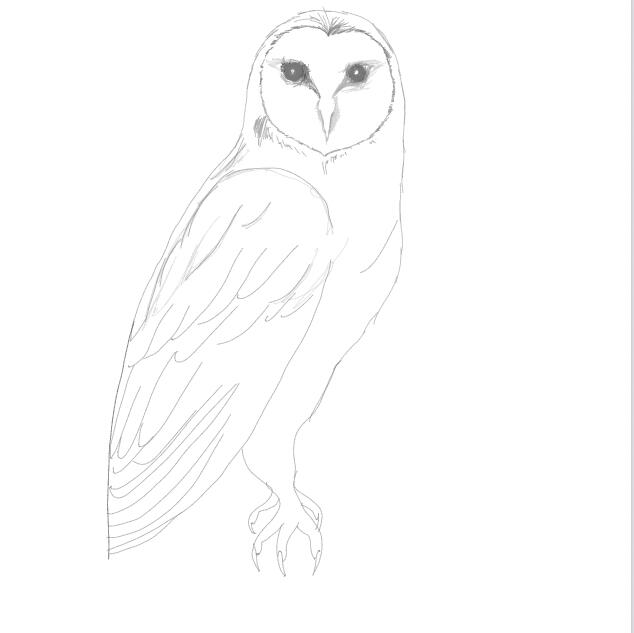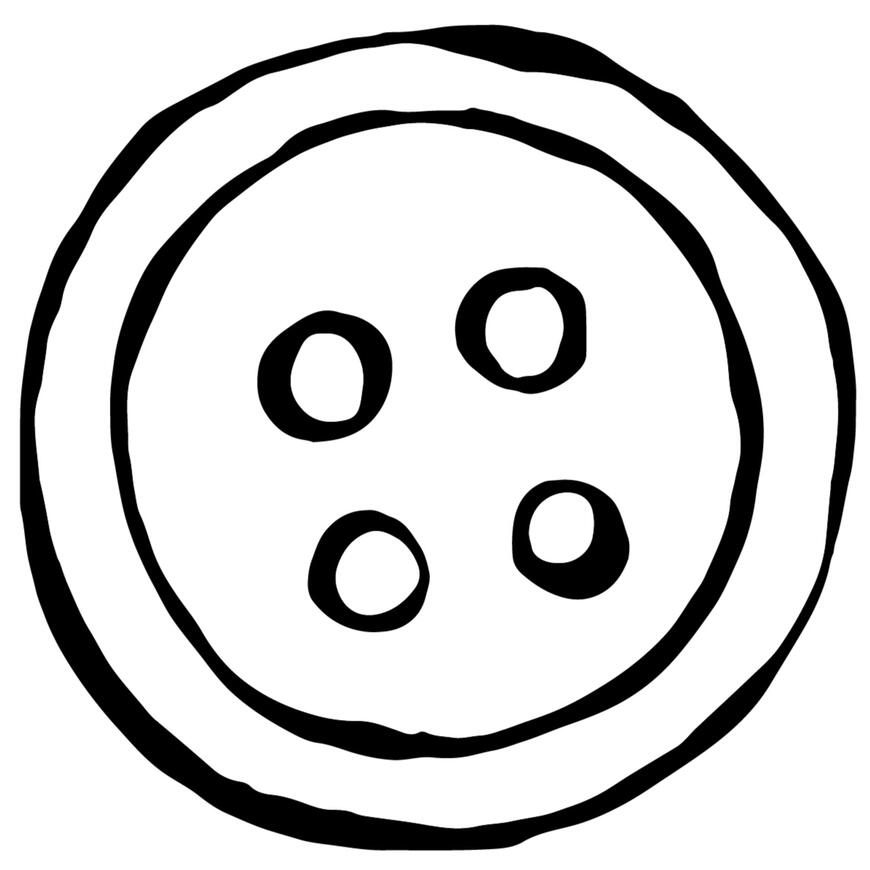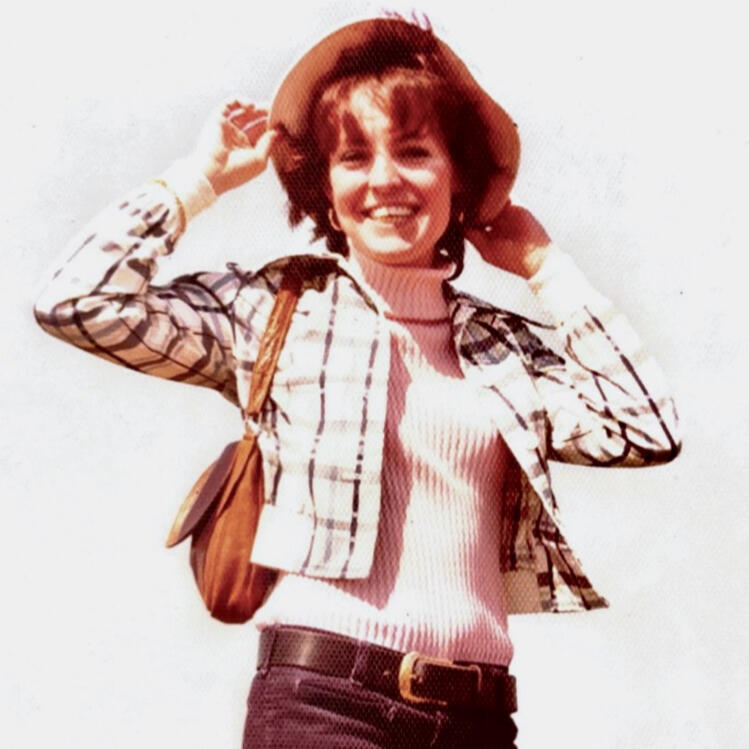Views expressed on this site and affiliated outlets are those of SISU and its contributors. They do not represent the official positions or policies of the 937 Condominium HOA or its management company, Bluestone.
What's in a Name?
Meaning, Mission, and Values
In Finnish, SISU is a quiet strength— a determination to move forward even when the odds feel insurmountable.SUSI, its inverse, is the key that unlocks a path through that difficulty.Together, SISUSUSI expresses our mission: to guide our community toward a more sustainable future by broadening perspectives, challenging assumptions, and showing how obstacles become opportunities.
why am I here
Moving the needle isn't easy
Why? Because it demands change—and change is hard.In my years in hospitality, I experienced what it takes to guide a team through uncertainty. Even when the reasoning was sound and the outcomes looked promising, change requires stepping out of a familiar pattern and into the unknown— and that is scary. It means loosening our grip on old habits, questioning ideas that no longer serve us, and admitting that our perspective might not be the whole story.Remember the movie Airplane? Imagine being a passenger on that flight...and crashing into the Titanic. That was my world when the pandemic hit: part farce, part tragedy, and I got soaking wet.The North Atlantic Sea is dark and stormy, but I was one of the lucky ones. I had a lifeboat— and it carried me to a shore where I experienced how change is possible.The whole story doesn’t fit here, but the formula for change does.It starts with intention
It moves with a mission
And it grows with outcomes
about my work
The hospitality industry is far more than food and service -
It is a mirror, reflecting the economic, environmental, and social structures that shape our lives.
After more than twenty years in the field, I came to see how a restaurant is a microcosm of society, reflecting both its strengths and its flaws. From this vantage point, I witnessed how systemic dysfunction limits progress and how formidable the challenges are to changing course.In 2019, I closed a business that was shaped in part by vulnerabilities the pandemic made impossible to ignore. And in the fall of 2021, at MAD Academy’s Leadership program led by Magnus Nilsson of Fäviken, I experienced the quiet transformative power of showing vs telling.Today, I bring those experiences to our community. The choices we make as neighbors have a ripple effect. Together, we can show what a sustainable future looks like, starting with where we live, moving forward, one intentional step at a time.
Continuing EducationRecycling 101 Certificate | OSU | Expected Completion: 11 / 2025Carbon Crash Course | MAD | 2023Leadership Academy | MAD | 2021Volunteer ExperienceRetreat Leader | Body Vox Dance Ensemble
Designed and led a leadership retreat modeled on the MAD experience.Events Committee Member
Participated in organizing fundraising events for arts organizations. Responsible for selecting vendors by mission alignment and budget.Community Organizer
Coordinated a neighborhood forum on Portland’s City Charter Reform, partnering with local leadership to foster civic dialogue.Founder, HOA Review Committee | 937 Condominiums
Established a resident committee that successfully transitioned to a new property management team, improving homeowner engagement.Professional ExperienceOwner | The Daily in the Pearl - Portland, Oregon | 2010-2020
Led a team committed to community with a focus on locally sourced, seasonal, hand-crafted food. Worked alongside James Beard Award-winning baker, Kim Boyce, while preparing the launch of her business from our back kitchen, BAKE SHOP.Front of House Manager | The Daily in the Pearl | 2001 - 2010
Worked to create a skilled and cohesive team. Strengthened collaboration between front and back-of-house operations.Event Planner | Food in Bloom Catering | 1996 - 2001
Managed planning, logistics, and staffing for high-profile events for clients including NIKE, Intel, and Nordstrom.Host & Garde Manger | Jamey’s Restaurant & Enoteca, Manayunk, PA | 1986 - 1989
Gained an appreciation of our diverse food cultures reinforced with Jamey Sherman's collaborative work with Edna Lewis and Nancy Silverton during THE BOOK and THE COOK, SHARE OUR STRENGTH fundraising events for hunger relief.Server | Flying Fish Restaurant
Chestnut Hill, Philadelphia | 1985 -1988
Learned my chops under the guidance of Richard Roller, GM; Beth Cooper, Chef; and Paul Roller, owner 🐟.Early Influencers
Trudy, my German babysitter, Julia Child, and the Galloping Gourmet.

sapere aude - dare to be wise
Oldham Crest
The name Oldham, the place my father was born, comes from the Saxon root Eald (oldness, antiquity) and Ham (farm, house) - a nod to the long forgotten kingdom of Northumbria, among the Pennines, between the rivers Irk and Medlock.Over the centuries, the name took many forms, including Oldham, Oden, Odum, Odam, and Odom, tracing back to the Celtic AultHam or Aldehelme, meaning “a high place.” Pronounced “Aowlt,” the founders of the crest, like the bards of old, played with words—hence the three owls, daring us to look to the past, savor the present, and divine the future.The original crest bore three roses, later replaced when local artist, Joel Henrique reimagined them as pinwheels - echoes of a forgotten time and a reminder of how even the smallest of actions can become transformative.
🦉 🐍 🐈 🦦 🦊 🦢
did you know, if you were a passenger on the Titanic without a “golden ticket”, your best chance for survival was to jump?

what’s the problem ?
For many of us, the environmental crisis isn't new.
We remember when the Cuyahoga River caught fire in 1969, and that same year, when 4.2 million gallons of oil spilled off the coast of Santa Barbara, coating pelicans, cormorants, gulls, and loons - as well as sealions, harbor seals, dolphins, and whales - in a suffocating, toxic sludge.Via television, we watched the devastation unfold and witnessed the destructive forces of unchecked industry and the hidden dangers disguised in the words of “efficiency” and “progress.”Shocked, the nation rallied. We demanded accountability, and lawmakers responded. We won the Clean Air and the Clean Water Acts, and the Environmental Protection Agency was formed.But somewhere between then and now, our attention fragmented.The environmental movement became politicized.Technology accelerated.And our screens, now in the palm of our hands, feed us a perspective we already agree with.The environmental crisis isn’t simply a technological, political, or economic problem.It’s a problem of perception.In The Spell of the Sensuous, philosopher David Abram traces how our perceptions are deeply rooted in the ideals presented in Western thought. Over centuries, our cultural habits were forged to favor abstraction over direct experience, logic over the quiet work of listening, and theory over relationship. Sensory knowledge, the primary way we once attuned to the living world, became something deemed unreliable. Nature lost its place in community, relegated instead to the position of resource, something ‘out there’ to be managed, extracted, and used.Even in the Pacific Northwest, where natural beauty surrounds us, that deep connection to place is fragile, easily overlooked, and increasingly at risk.I recall the moment I first began to sense this shift in my life. I was managing The Daily, a café in the Pearl, preparing to relaunch our menu with a focus on local ingredients. I asked my chef, Ramon, to do a side-by-side comparison: one plate with ham from a small, local producer, and the other from our usual regional supplier.The local ham came first. It tasted like …ham - smoky, familiar, grounded. I found myself asking, “Why am I paying twice as much for this?”Then I tasted the second ham - the one we were replacing. It looked the same and had the same smoky aroma. But when I took a bite, the texture barely changed. It resisted. It didn’t yield.That’s when I realized our food is changing. This wasn’t the ham I grew up with; this was an imitation - a facsimile engineered to mimic.We’ve grown so used to the fake that when the real thing appears, we sometimes don’t recognize it.If you want to read more about what makes something real, read The Velveteen Rabbit.And if you want to gain a sense of the power of perspective, read Adam Gopnik’s book, Paris to the Moon or for a shorter read: Jun’ichiro Tanizaki’s essay, In Praise of Shadows.And when you’re done, sit with David Foster Wallace’s words:
“True freedom is deciding what to pay attention to and deciding what meaning to derive from it.”
What’s the problem isn’t a question of how to fix the environment- it’s a question of what are we paying attention to and what we are willing to change in ourselves.

i was still young enough to
require a babysitter- my barefoot, bell-bottom-wearing teenage Aunt Marilynn sent me to the corner butcher, R & R, with a list: a quarter pound of peppered ham and the same of Swiss, each sliced tissue-paper thin just shy of falling apart. From the pickle barrel, I was to fish out a single Jewish pickle (Crossing Delancy) and from the brown paper sacks at the base of the deli counter, two poppyseed Kaiser rolls- their yeasty aroma I can still conjure but not well enough to appear on my plate.I got everything on the list, and my aunt rewarded my efforts with a perfectly crafted sandwich: ham, Swiss, a lavish smear of Dijon, a slice of pickle on the side, and a pile of Charlie’s Chips from the tin can delivered to our door every week.And that first bite...heaven
🦉 🐍 🐈 🦦 🦊 🦢
having the answer is only half the solution, the rest relies on intention, and that is human.









